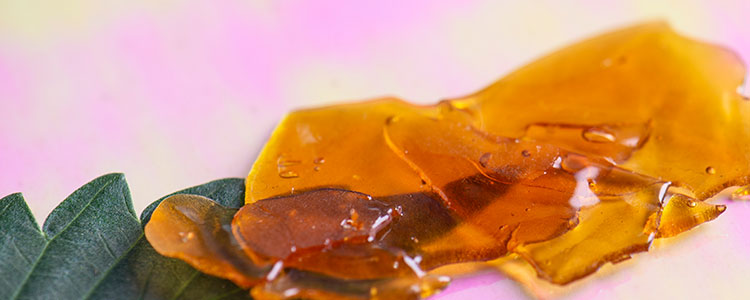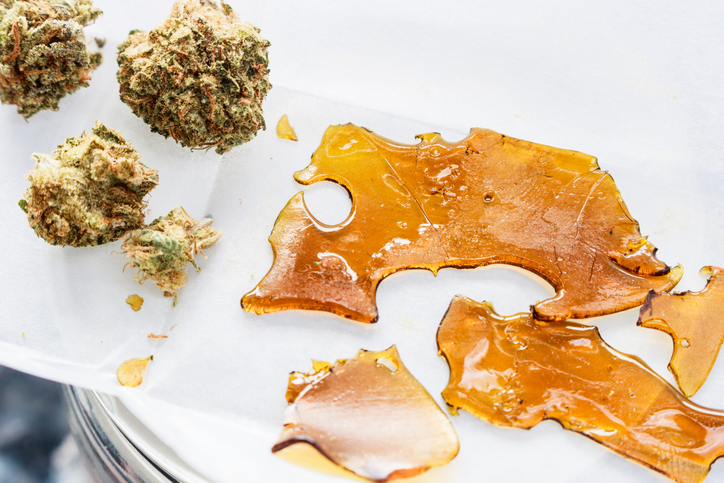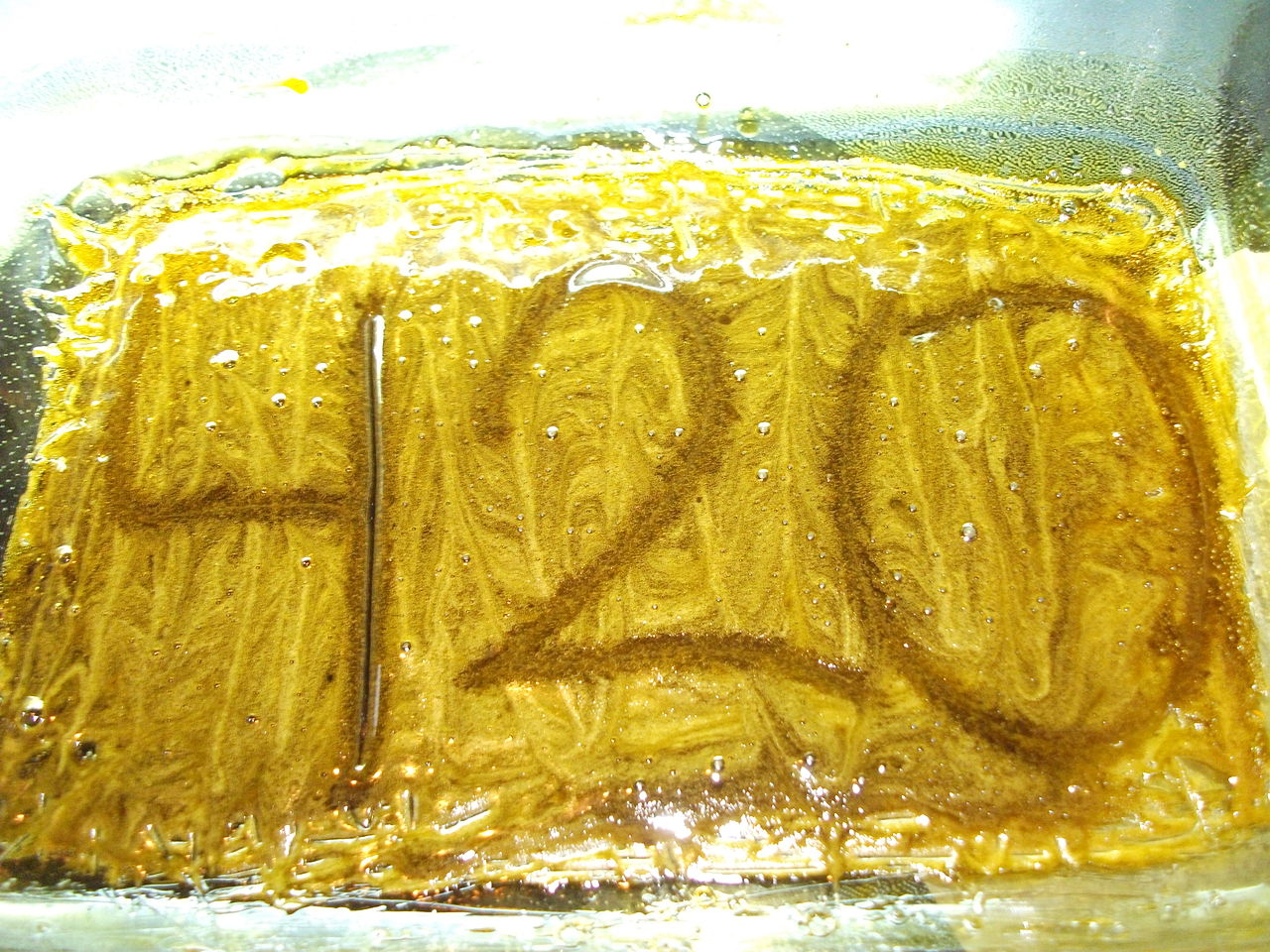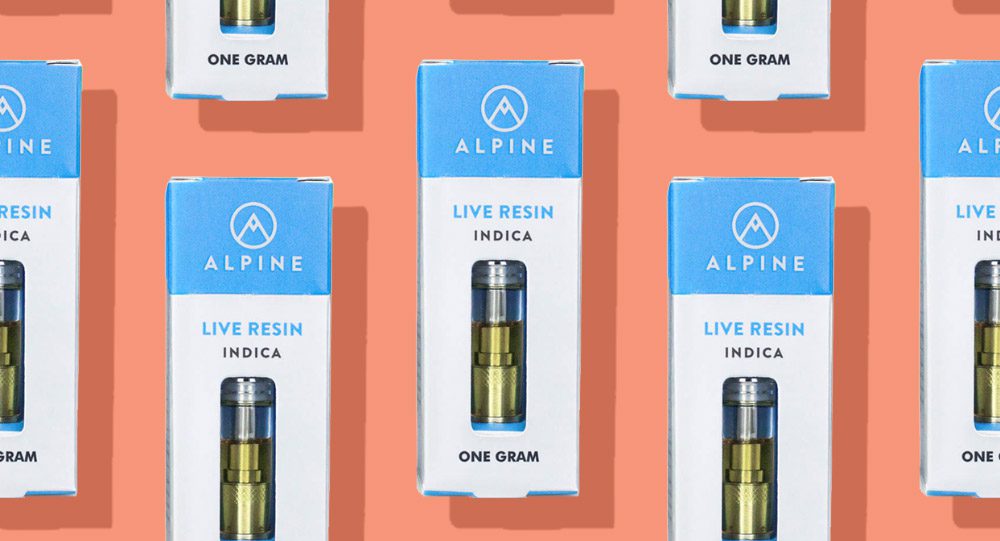Key Takeaways
- Live resin is extracted using solvents like butane, preserving a rich terpene profile and offering high potency.
- Live rosin is produced without solvents, using heat and pressure, resulting in a pure, flavorful concentrate.
- Live resin tends to be more affordable and widely available; live rosin is often pricier due to its labor-intensive process.
Interested in cannabis concentrates? You’re not alone. Cannabis consumers often seek two, in particular, live resin and live rosin.
Keep scrolling to learn more about the key differences between resin and rosin and how to know which product is right for you.
What Are Cannabis Concentrates?
Cannabis concentrates, or extracts, are cannabis products created by extracting or concentrating cannabinoids and terpenes from the cannabis flowers.
Cannabinoids and terpenes are most concentrated on the cannabis buds within tiny, iridescent trichomes. Some concentrates, like hash or hash rosin, are nothing more than the isolated and then concentrated collection of these trichomes. Extracts are produced by drawing, or extracting, cannabinoids and terpenes from the trichomes.
Concentrates contain significantly more cannabinoids and terpenes per gram than cannabis flower. This allows users to get more effect in a much smaller package. Because much of the unnecessary plant material is excluded, many people claim that vaping concentrates offers a purer taste and smell than smoking whole flower.
A variety of methods can be used to produce cannabis concentrates. In many cases, consumers use a dab rig or vape pen to consume concentrates, but there are other options to fit the diverse range of cannabis concentrates on the market.
Two increasingly popular types of cannabis extracts include live resin and live rosin. And while it’s easy for newcomers to mix up the two, there are distinct differences that discerning consumers should be aware of.
What is Live Resin?
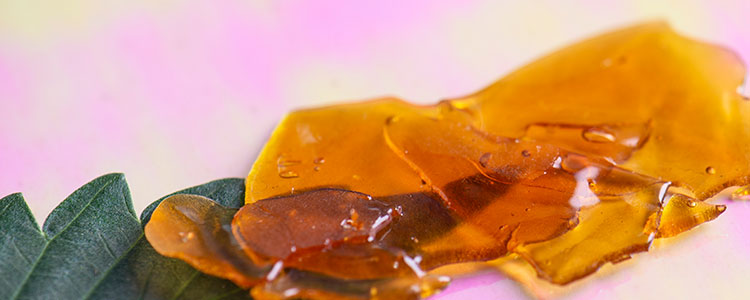
In short, live resin is a cannabis concentrate produced from freshly harvested cannabis that is frozen at ultra-low temperatures shortly after harvest. Like many other extracts, the plant material is blasted using a solvent such as butane, heptane, or propane. The resulting extract is then purged, and the result can be of varying consistencies, including sugar or sauce.
Many consider live resin to be one of the highest-quality concentrate products because of its extraction method.
Why is live resin so valuable and sought after?
Live resin’s claim to fame is maintaining, as much as possible, the original terpene profile of the freshly harvested cannabis plant from which it is derived. As a result, you’ll often find live resin is much richer in flavor, scent, and potency than many other types of cannabis extract.
What’s the Difference Between Rosin and Live Rosin?
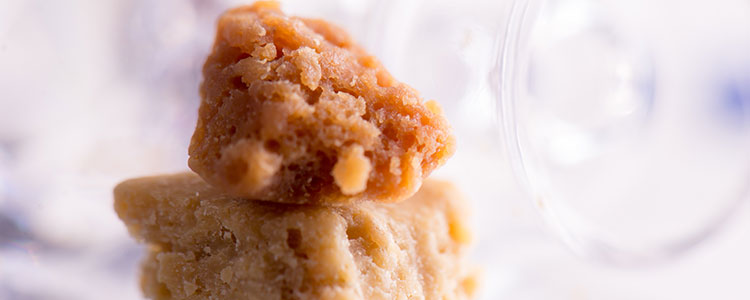
Live resin and rosin both come from cannabis but use very different methods.
Resin is made using solvents, which can enhance flavor and aroma. Rosin is extracted without solvents, using only heat and pressure. This gives rosin a cleaner profile that some prefer. The difference in extraction also impacts texture, price, and availability.
- Rosin is a concentrate produced from pressing cannabis flower, kief, or hash.
- Live rosin, on the other hand, is made from fresh or frozen (“live”) cannabis buds or the trichomes of fresh frozen buds, hash rosin.
The distinction may be subtle, but the results are not. Live rosin is typically better tasting and contains much more robust cannabinoids and terpene profiles than its counterpart. The two products may also look relatively distinct. Live rosin can look similar to a badder consistency, while live resin may have a more saucy consistency.
With many consumers preferring live rosin to standard rosin, we’re faced with another important question: what is the difference between live resin and live rosin?
Live Resin vs. Live Rosin: Key Differences
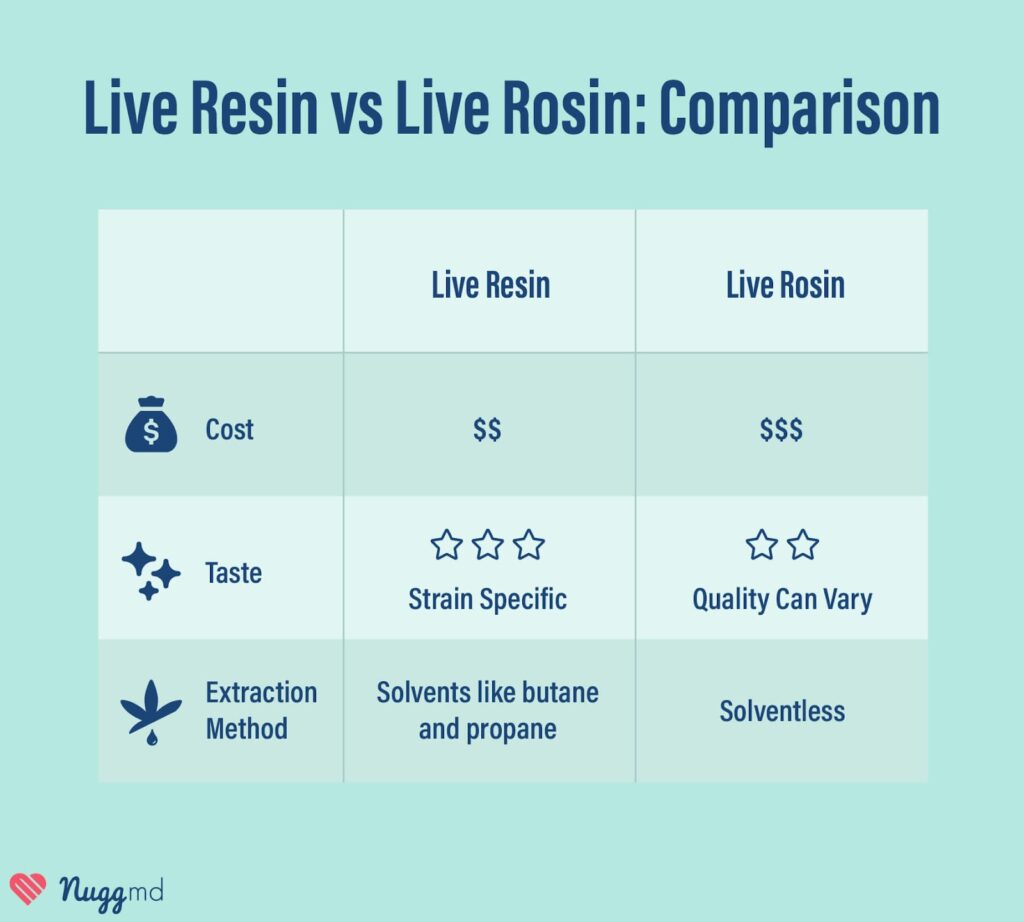
The main difference between live resin and live rosin is that live rosin is produced without solvents. Often, extractors use a blend of butane (70%) and propane (30%) to create live resin.
When these chemicals are blasted into cannabis flowers, they strip and separate the cannabinoids and terpenes from the plant material. From there, they purge the extract using a vacuum chamber, which removes most of the chemical solvents from the extracts (leaving only the desired compounds). You can create live resin with minimal to no traces of residual solvents left behind in the finished product. Still, some health-conscious consumers might want a more natural, solventless extraction method and prefer live rosins.
- One way is to take the frozen plant material and agitate it using a screen, separating the trichomes, before placing the material into a micron bag and heating and pressing it.
- Other processes use a method that includes water and ice, which helps preserve the trichome structure as it is separated from the plant material; this result is called ice water hash. This sifted material is then put into a micron bag and placed in a rosin press, where it is put under heat and pressure to concentrate the cannabinoids and terpenes.
- You can also place the plant material in a micron bag and head straight to adding heat and pressure, resulting in less product with more impurities, such as plant material and dirt.
Unlike live resin, live rosin is made using high heat and pressure instead of solvents. While this eliminates the potential for residual solvents, undesirable impurities, like pesticides or heavy metals, may still be present in the final product if the live rosin is derived from low-quality cannabis.
With that being said, which is better: live resin or live rosin?
In terms of pure potency, live resin typically has more THC and terpenes. However, different extracts and concentrates will have their own unique qualities according to the methods used, and adult-use consumers and medical cannabis patients alike are learning to recognize that THC potency is only one factor to consider.
So, to draw a detailed comparison between resin and rosin, let’s take a closer look at the cost and taste differences. In the end, the decision on which product is right for you will be based on your specific goals and needs as a medical cannabis patient or recreational consumer.
Cost Differences
Live resin is one of the most potent and highest-quality concentrate products available at your local dispensary. And in good news for consumers, it’s also generally more affordable than live rosin.
A combination of market demand and the continuous refinement of the extraction process has made it much more cost-effective to produce.
Live rosin is usually more expensive because it is more time-consuming and labor-intensive than other solvent-based processes. For instance, it may be possible for some manufacturers to produce a few pounds of solventless live rosin every hour. However, that same manufacturer might produce several dozen pounds of another extract using solvents.
Taste Differences
When considering the taste differences between the two concentrates, many consumers choose live rosin because of its amazing flavor, scent, and color.
Because live rosin is derived from fresh, frozen flowers, manufacturers are better able to maintain the cannabinoids and terpenes found within the cannabis buds, which provides an experience close to the original plant.
That’s not to say that live resin can’t also taste amazing. Still, live rosin is typically vaped at lower temperatures than live resin, and due to the terpene profile, it produces a more flavorful effect for consumers.
Which Should You Choose?
The choice between live resin vs rosin depends on your preferences and priorities. Resin often costs less and has a saucier texture, while rosin appeals to those avoiding solvents. Both concentrates can offer flavorful, strong effects. If you're new to either, start with a small amount and see how your body responds. Potency can vary, so always take it slow.
The information in this article and any included images or charts are for educational purposes only. This information is neither a substitute for, nor does it replace, professional legal advice or medical advice, diagnosis, or treatment. If you have any concerns or questions about laws, regulations, or your health, you should always consult with an attorney, physician or other licensed professional.

